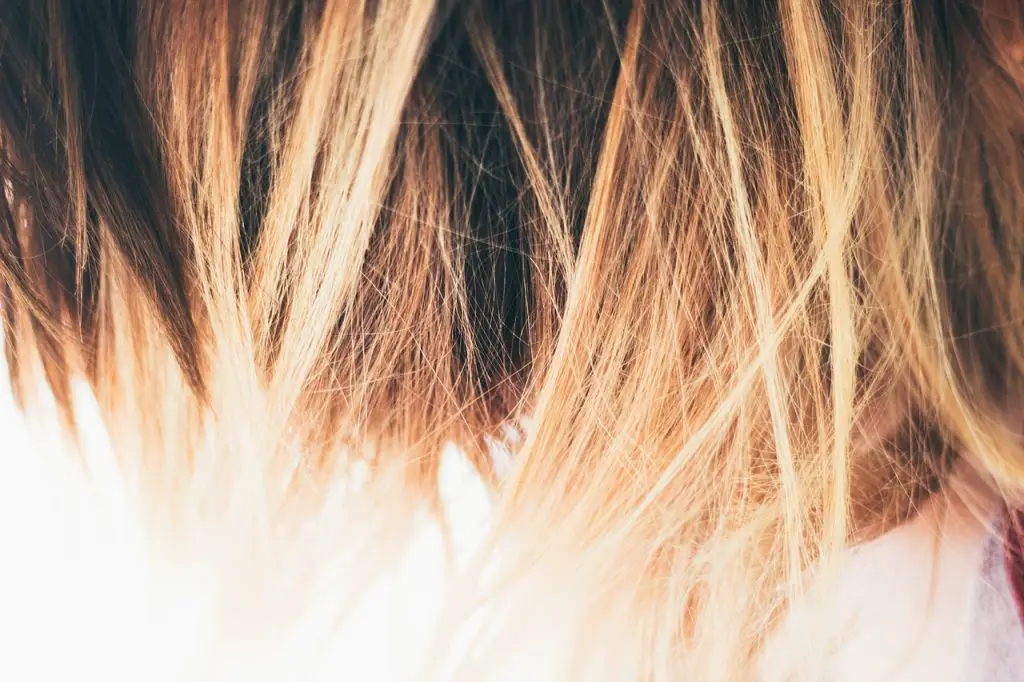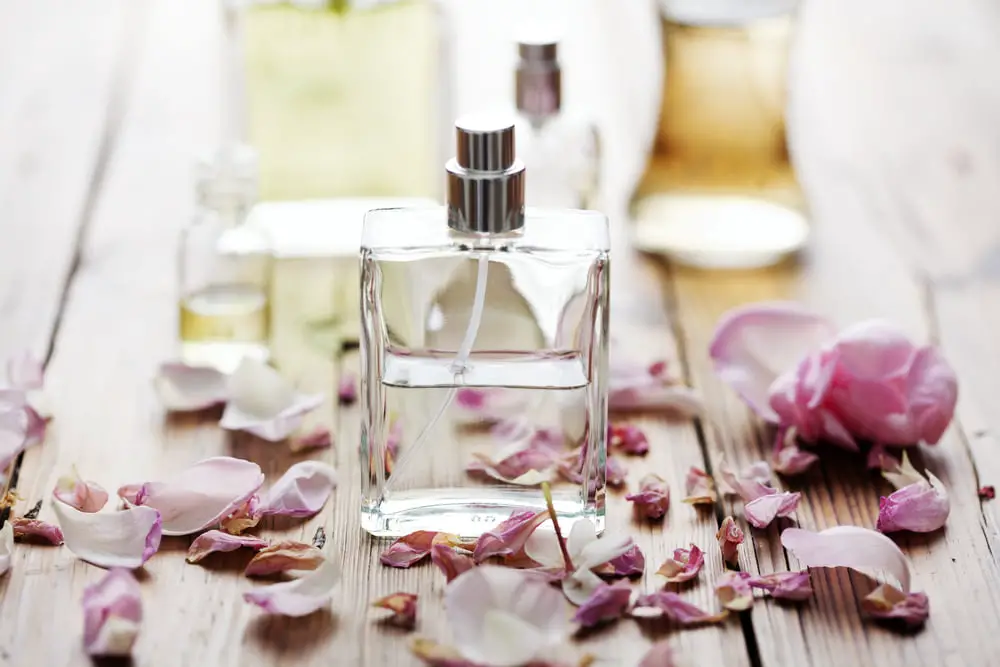Hair dye is a cosmetic product used to change the color of hair; It Created The first hair dyes from henna, indigo, and saffron. Made These dyes from plant materials would stain the skin and hair. Ancient Egyptians were the first to use henna on their heads or beards for color purposes. Later, men used soot and walnut shell powder on their heads and face in ancient Rome for cosmetic reasons.
During the Middle Ages, most people would use berries from berries, flowers, and roots to create colorful hair dyes; some even used urine because it was readily available! In 1856 French chemist Eugene Schueller made the first commercial hair dye called “L’Aur6ale.” He then went on to found L’Oreal, which is still one of the biggest brands in beauty today
Ancient Egyptian men used henna and indigo to dye their beards.
Ancient Egyptian men used henna and indigo to dye their beards. Henna is a plant that grows in the Middle East and northern Africa. It has been a source of natural hair color and other purposes like skin care for centuries. While henna is safe when applied to the skin or scalp, it should not use on hair because it can irritate if it gets into your eyes or mouth (and there’s no way of knowing how much will get into those places when you put it on). Indigo is also known as “dye-weed,” which makes sense given its use in dying fabric, but this type of indigo isn’t safe for human consumption!
The ancient Romans used soot and walnut shell powder to dye their hair.
The ancient Romans used soot and walnut shell powder to dye their hair. The Romans did not use henna or indigo but used other dyes like saffron and madder root.
During the Middle Ages, most people would use berries from berries, flowers, and roots to create colorful hair dyes.
During the Middle Ages, most people would use berries from berries, flowers, and roots to create colorful hair dyes. Then apply The shade to the hair and left on for a few hours before being rinsed. Some paints could last several weeks!
In 1856, French chemist Eugene Schueller created the first commercial hair dye.”
In 1856, French chemist Eugene Schueller created the first commercial hair dye called It from henna and indigo.
Schueller was also the founder of L’Oreal, which today is one of the world’s largest cosmetics companies.
In 1907, chemist Eugene Sullivan started a company that manufactured hair dyes based on coal tar.
In 1907, chemist Eugene Sullivan started a company that manufactured hair dyes based on coal tar. Coal tar-based hair dyes were safer for humans than henna and indigo. These products, sulfide salts, react with the keratin protein in your hair, causing a permanent color change.
In 1907, scientist James Pardee developed a way to remove the ammonia from coal tar-based hair dyes to make them safer for use on humans.
In 1907, scientist James Pardee developed a way to remove the ammonia from coal tar-based hair dyes to make them safer for use on humans was a significant step forward because it made the process more efficient and affordable. The resulting product was also easier to use than previous methods; you could mix it with water in a bowl instead of applying it directly from a jar or bottle onto your head (which could be messy).
There have been many developments in how we dye our hair over time.
It’s no secret that the history of hair dye has changed. It’s been a long, winding road that began using natural dyes like henna and cassia (cinnamon). These were popularized in ancient Egypt as early as 1500 B.C., but they weren’t the only way to color your tresses back then. Other methods included mixing walnut shells with water and letting them sit for a week before washing out or using saffron mixed with honey or vinegar on your head for a unique red hue.
The subsequent extensive development came during Roman times when lead acetate was a coloring agent–but this wasn’t exactly safe either! The Romans weren’t aware that exposure to lead could cause health issues like vomiting, nausea, convulsions, and even death!
Fortunately for us modern ladies who love their hair dye so much they want it everywhere else (like eyebrows), many more safe options have been available since then, such as hydrogen peroxide, which became commercially available around 1900.
In conclusion, we have come a long way from using berries and flowers to dye our hair. Today we have many different hair coloring options, including natural dyes like henna or indigo.



